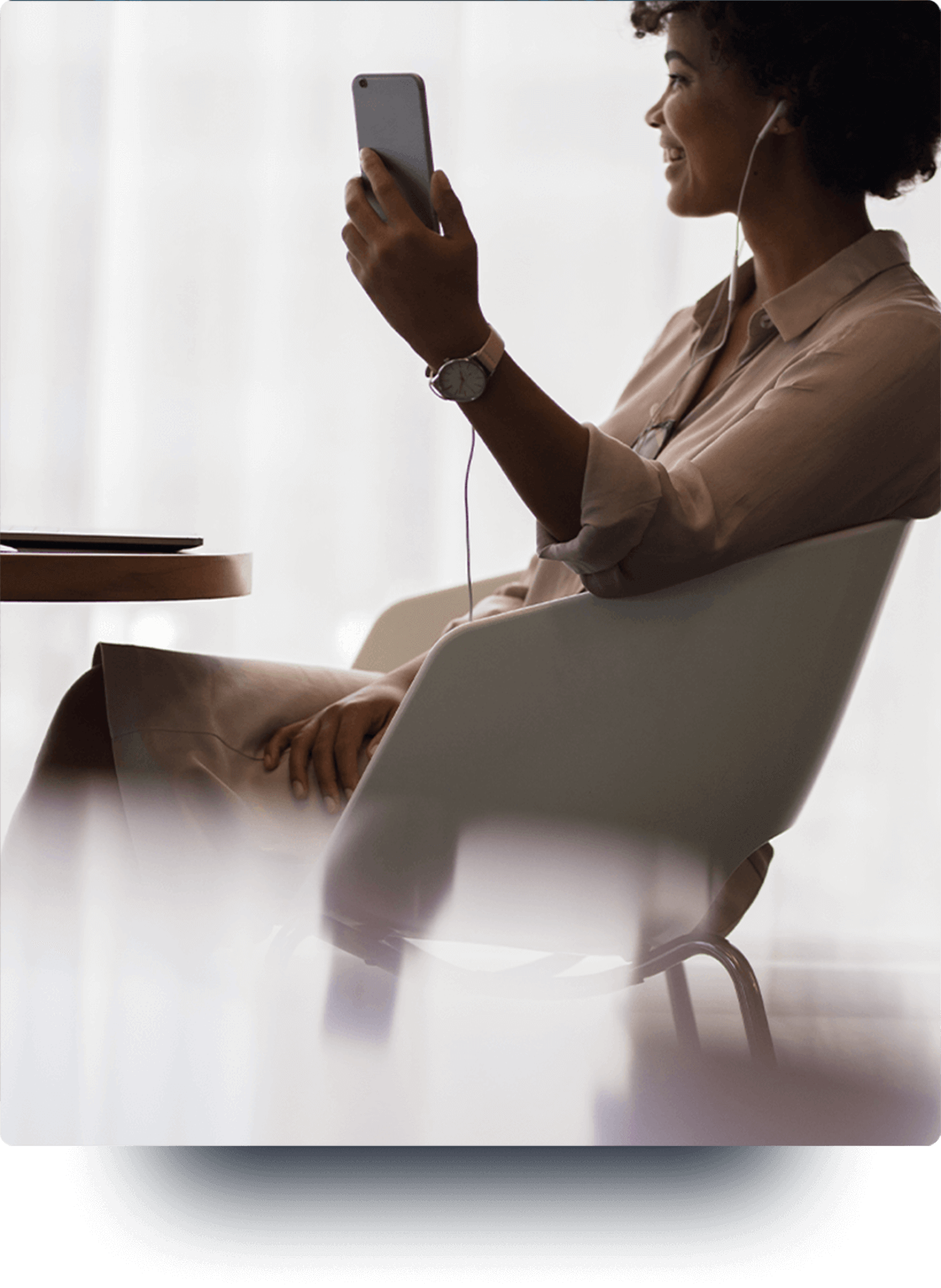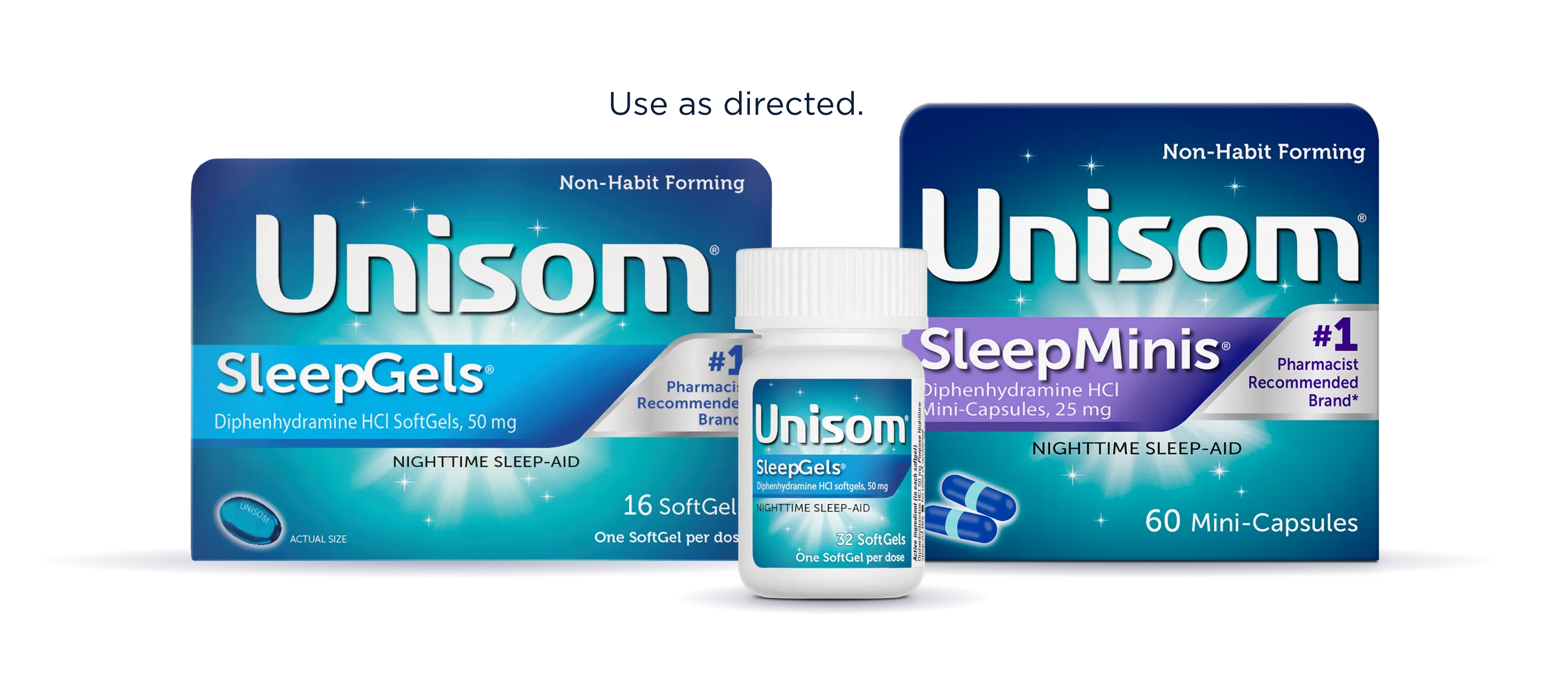A schedule disruption could be something fun — like an overseas vacation — or it could be something not so fun — like noisy neighbors. But whatever the type of sleep disruption you're dealing with the sooner you get back on your sleep schedule, the better.
Circadian rhythm
Our bodies follow a 24-hour cycle that tells us when to do things like eat and sleep. This internal clock is referred to as our circadian rhythm,¹ and our bodies generally do a great job staying on track on their own. External signals like daylight, temperature, even exercise also help us stay on time.2
Our bodies are naturally wired to be awake during the daytime and asleep at night.¹ But what happens when we take a job working the night shift or need to adjust to a new time zone? We need to adjust our internal clock.
Common sleep disruptors
You might think of sleep disruptions as being loosely grouped into two categories: planned and unplanned. We plan on things like long-distance travel or a new work schedule. We can't always plan for loud noises during the night.

Planned interruptions
Let’s start with the ones you can plan for. Jet lag is no fun — after all, you don't want your first view of the Eiffel Tower to be through half-closed eyes because your body thinks it’s the middle of the night. You can prepare for your trip by slowly adjusting your sleep schedule, moving it closer to the time at your destination.3
If you have to make adjustments due to a new job (getting up much earlier, or staying up much later), you can follow the same flight pattern that you used for jet lag. Make gradual adjustments to your schedule to let your body get used to the change.3
Unplanned interruptions
But what about the disruptions you don’t plan for? A barking dog, a crying baby, and noisy neighbors are some examples of the things that can interrupt peaceful slumber.
What to do if you wake up
Johns Hopkins Medicine has some suggestions for those times when you just can’t get back to sleep:
- Don’t watch the clock. Your anxiety levels will go through the roof if you lie there watching the numbers change. Plus the light from your clock, phone, or tablet can make you feel more awake.4
- Get comfortable. A full bladder can make you uncomfortable so hit the bathroom if you need to. Make sure your bedroom is the best temperature for you and that your pillow and blanket are just the way you like them.4
- Get up and go. If you haven’t fallen back asleep after about 20 minutes, get out of bed. Sit in a comfy chair in another room, and read a book under soft light. Whatever you do don’t stay in bed, as doing so could make your body associate your bed with wakefulness instead of sleep.4
- Follow your normal schedule the next day. Avoid the temptation to take a long nap or go to bed a lot earlier. The best way to get back on track is to stick with your
normal routine.4
Resetting your clock
When it gets dark, your brain produces a hormone called melatonin.5 If you’re exposed to light at your body’s normal bedtime, however, this can inhibit the production of melatonin.
You can support your body's natural process with a drug-free melatonin supplement, which can give your body a gentle reminder that it's time for some shut-eye. Travelers sometimes use melatonin to help with jet lag, and studies have also shown that it can help night-shift workers adjust their internal clock.5

Get more light
Another way to adjust to a sleep disruption is to see the light. Often used to treat seasonal affective disorder (SAD), light therapy can also be effective against jet lag and sleep disorders, as well as helping you adjust to a nighttime work schedule.6
A light-therapy box gives off bright light that mimics natural outdoor light. Boxes are available without a prescription, and the “therapy” part happens when you sit near the box. Although seen as generally safe to use, you should still talk to a doctor or sleep specialist to see if light therapy is right for you.6
Rest assured
Another thing you have on your side is the variety of sleep solutions available over the counter. Choosing the right sleep solution is simply a matter of doing a little research and talking to your doctor.
Unisom® is the #1 doctor-recommended OTC sleep-aid brand, with a range of options to help you fall asleep and wake up feeling refreshed.
Unisom® SleepGels® contain the histamine blocker diphenhydramine HCl. Blocking histamine production can help you fall asleep faster and stay asleep.
Unisom® SleepTabs® contain doxylamine succinate, which is a clinically proven histamine blocker that works in a similar fashion to diphenhydramine. Unisom® SleepTabs® can help you fall asleep 33% faster and get a full night's sleep.
Find the Unisom® product that’s right for you.
Professional References
1. American Sleep Association, Editors. Circadian Rhythm and Sleep. American Sleep Association (https://www.sleepassociation.org/)
2. National Sleep Foundation, editors. December, 2020, Understanding Circadian Rhythms. National Sleep Foundation (https://www.thensf.org/).
3. American Sleep Association, Editors. Jet Lag Treatment, Recovery and Symptoms. American Sleep Association (https://www.sleepassociation.org/)
4. Johns Hopkins Medicine. Up in the Middle of the Night? How to Get Back to Sleep. Johns Hopkins Medicine (https://www.hopkinsmedicine.org/)
5. National Center for Complementary and Integrative Health, Editors. Melatonin: What You Need To Know. National Center for Complementary and Integrative Health (https://www.nccih.nih.gov/)
6. Mayo Clinic, Editors. Light Therapy. Mayo Clinic (https://www.mayoclinic.org/)
Related articles
†This statement has not been evaluated by the Food and Drug Administration. This product is not intended to diagnose, treat, cure or prevent any disease.





